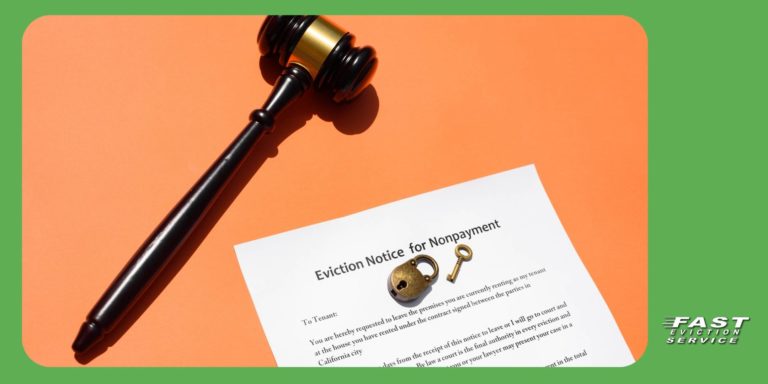You are represented at all times by one of our California Eviction Attorneys | 1-800-686-8686 | intake@fastevict.com | Se habla español
What is a Self Help Eviction in California?

A self-help eviction occurs when a landlord attempts to remove a tenant without going through the legal eviction process, such as changing locks or shutting off utilities. In California, self-help evictions are illegal, and landlords must follow strict legal procedures to regain possession of their property.







